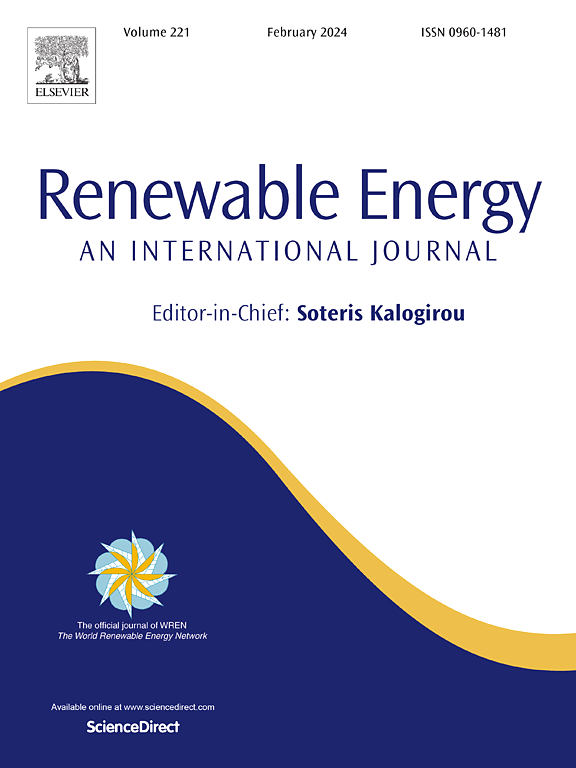Energy scheduling for integrated electricity–hydrogen systems considering multiphysics dynamics of hybrid water and biomass electrolysis
IF 9
1区 工程技术
Q1 ENERGY & FUELS
引用次数: 0
Abstract
This paper focuses on the coordinated scheduling problem of integrated electricity–hydrogen systems (IEHS) considering the multiphysics dynamic characteristics of hybrid water and biomass electrolysis. First, a multiphysics-aware hydrogen production model for hybrid water and biomass electrolysis, suitable for the day-ahead or intra-day energy scheduling of IEHS, is presented. The dynamic multiphysics model for alkaline water electrolysis can take advantage of dynamic temperature and hydrogen-to-oxygen impurity crossover processes to optimize the loading range and energy conversion efficiency. The electrochemical model for proton exchange membrane biomass electrolysis can capture operating efficiency and temperature variations to improve the flexibility of hydrogen production. Then, the quasi-steady-state energy scheduling model for IEHS considering the multiphysics dynamics of hybrid water and biomass electrolysis is proposed. A tractable reformulation with multiple convex relaxation techniques, e.g., McCormick envelope, Big-M, outer linear approximation, and binary expansion methods, are utilized to address the highly nonlinear and nonconvex terms arising from the multiphysics-aware electrolysis model and the nonconvex flow quasi-steady-state characteristics of hydrogen network. Numerical results illustrate that the proposed multiphysics-aware electrolysis model can reduce the operating cost by up to 5.74% compared to the constant temperature and constant efficiency model. The solution time is also significantly reduced with a high solution accuracy compared to the original nonconvex and nonlinear model.
求助全文
约1分钟内获得全文
求助全文
来源期刊

Renewable Energy
工程技术-能源与燃料
CiteScore
18.40
自引率
9.20%
发文量
1955
审稿时长
6.6 months
期刊介绍:
Renewable Energy journal is dedicated to advancing knowledge and disseminating insights on various topics and technologies within renewable energy systems and components. Our mission is to support researchers, engineers, economists, manufacturers, NGOs, associations, and societies in staying updated on new developments in their respective fields and applying alternative energy solutions to current practices.
As an international, multidisciplinary journal in renewable energy engineering and research, we strive to be a premier peer-reviewed platform and a trusted source of original research and reviews in the field of renewable energy. Join us in our endeavor to drive innovation and progress in sustainable energy solutions.
 求助内容:
求助内容: 应助结果提醒方式:
应助结果提醒方式:


